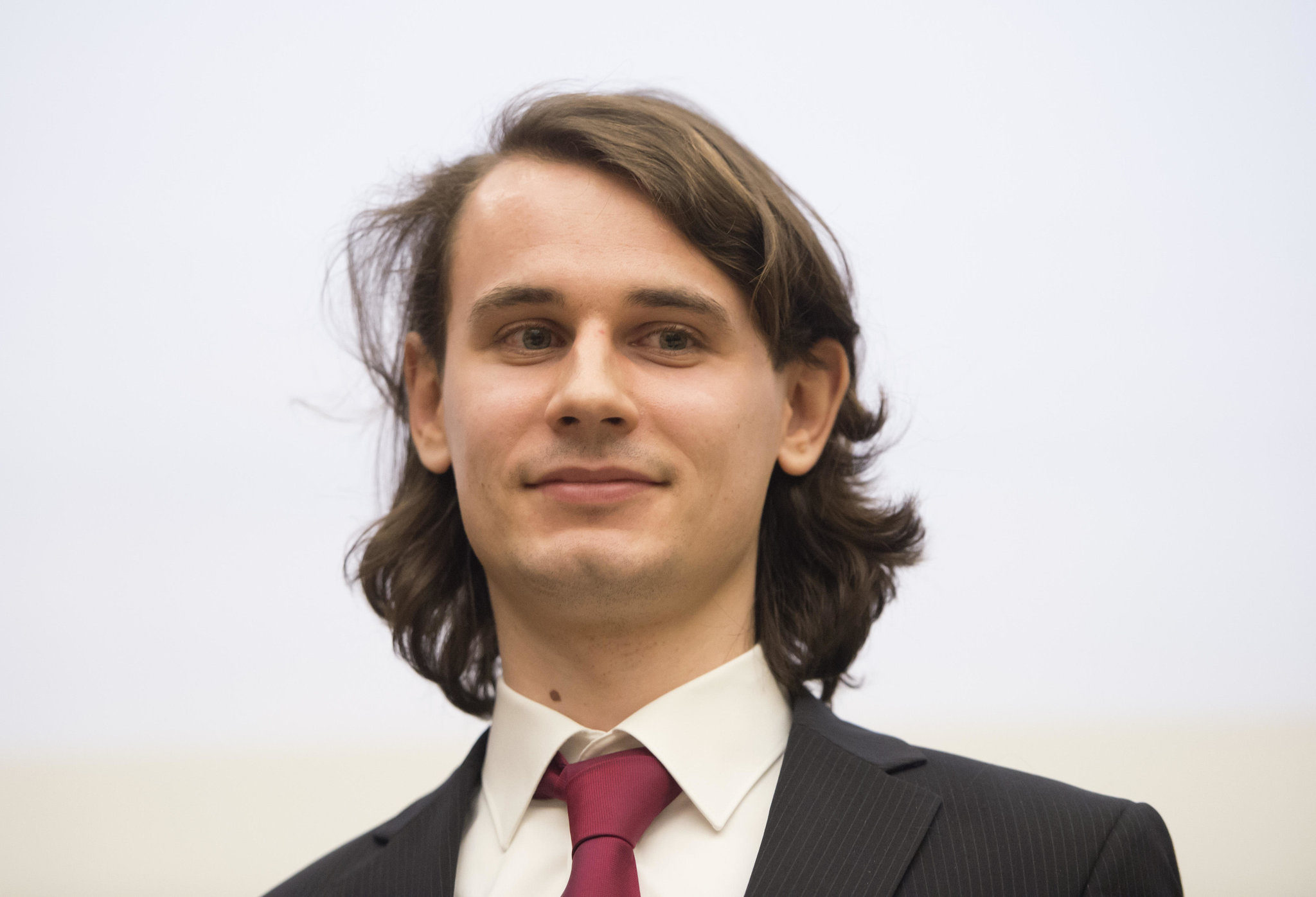
This year's recipients, announced on Wednesday at the International Congress of Mathematicians in Rio de Janeiro, include one of the youngest ever: Peter Scholze, a professor of mathematics at the University of Bonn who is 30 years old.
Two weeks ago, Peter Woit, a professor at Columbia University who blogs about mathematics and physics, was among those who anticipated that Dr. Scholze would receive the medal. Dr. Woit said Dr. Scholze was "by far the most talented arithmetic geometer of his generation."
By custom, Fields medals are bestowed to mathematicians 40 years old or younger. That means Dr. Scholze would have still been eligible for another two rounds of medals. The medal, first awarded in 1936, was conceived by John Charles Fields, a Canadian mathematician. The youngest winner, Jean-Pierre Serre in 1954, was 27.
The other Fields medalists this year are Caucher Birkar, 40, of the University of Cambridge in England; Alessio Figalli, 34, of the Swiss Federal Institute of Technology in Zurich; and Akshay Venkatesh, 36, of the Institute for Advanced Study in Princeton and Stanford University in California.
Four years ago, Maryam Mirzakhani of Stanford University became the first woman ever to receive a Fields Medal. (She died in 2017 of cancer.) All four medalists this year are men.
Dr. Scholze gained prominence when he was still in graduate school in 2010, simplifying a complicated book-length, 288-page proof to a novella-size 37-page version. In his mathematics, he works with fractal structures that he calls perfectoid spaces.
"I once heard a senior number theorist, who I will not name, say that Scholze had kind of ruined his to-do list for the next 20 years," said Jordan Ellenberg, a mathematician at the University of Wisconsin.
Dr. Birkar's field is algebraic geometry, which investigates connections between numbers and shapes. A set of solutions to a set of equations can be represented by a geometric space. He and his collaborators are looking at "minimal models," where the solutions can be replaced by a simpler set that captures the important qualities but are easier to understand.
In a 2013 interview with the website Live Science, Dr. Figalli described his work with "optimal transport."
"Given a certain transportation cost, what is the cheapest way to transport a distribution of mass from one place to another?" he said. "This problem has applications not only in economics, but also (more surprisingly) in several other areas, such as, for instance, meteorology."
Dr. Venkatesh's research covers a wide range of mathematical disciplines. "He truly is a universal mathematician," said Dr. Ellenberg, who has worked on problems with Dr. Venkatesh. "His work has gone in a lot of different directions."
Recently, Dr. Venkatesh and Brian Lawrence, one of Dr. Venkatesh's former graduate students, found a different way to prove a groundbreaking theorem from the 1980s that stated that one could tell whether a set of equations had a finite number of solutions or infinitely many just by looking at the form of the equations. Although the result is not new, their novel approach could lead to further progress in understanding the solvability of equations.
"That's the nature of the Fields Medal," Dr. Ellenberg said. "It is given to people who are in the thick of their mathematical careers. It's not a lifetime achievement award."



Reader Comments